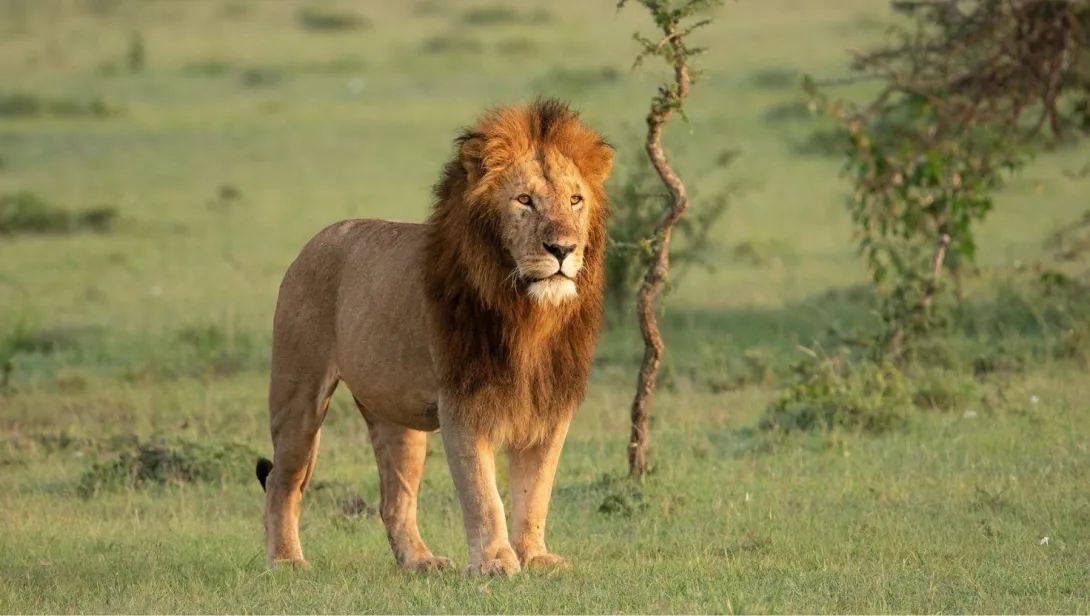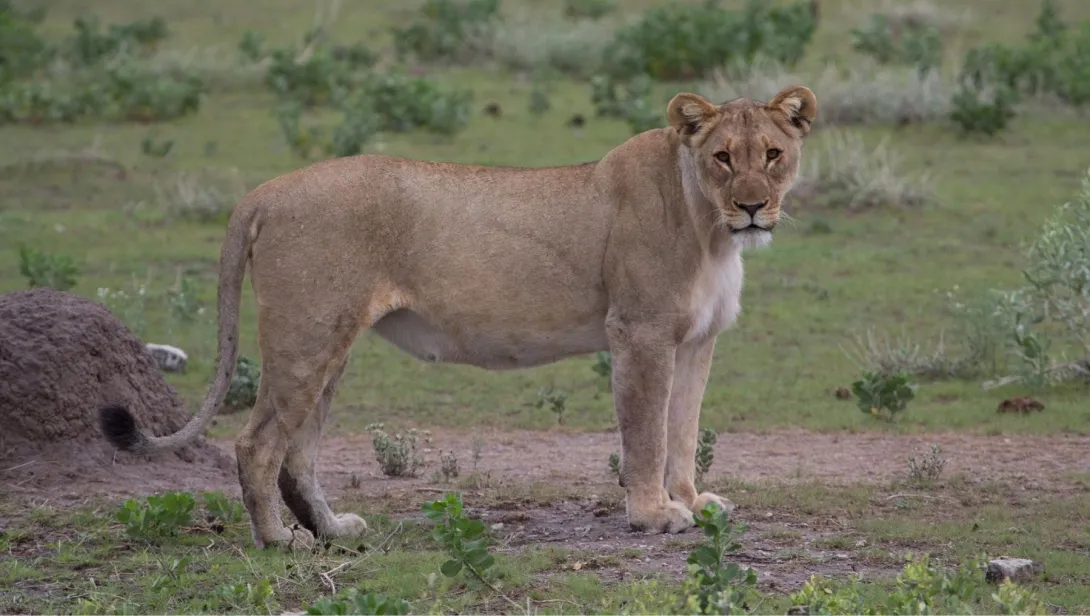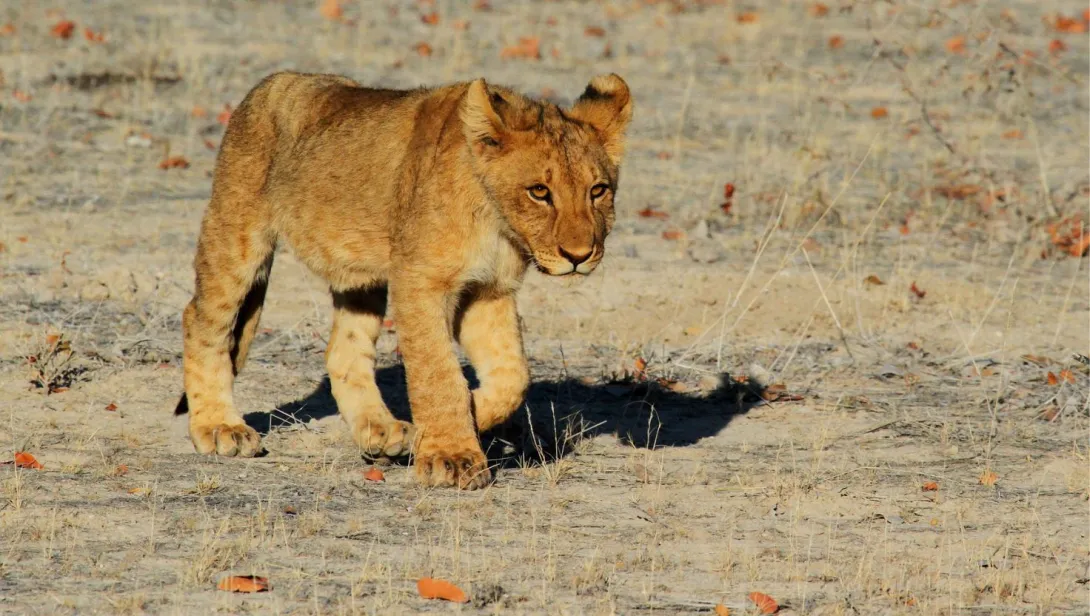Skip to main content
Introduction
- Lions are known as the "King of the Jungle" due to their dominance and strength.
- They belong to the Felidae family and are scientifically called Panthera leo.
- Lions are the second-largest big cat species after tigers.
Social Structure
- They are social animals and live in groups called prides.
- A pride typically consists of 5 to 30 lions, including females, cubs, and a few males.
- Male lions are easily recognized by their manes, which grow darker and fuller with age.
- The mane serves as a sign of dominance and protection during fights.
Diet and Hunting
- Lions are carnivorous and primarily hunt large herbivores like zebras, wildebeests, and buffaloes.
- Female lions, or lionesses, are the primary hunters in the pride.
- Lions are apex predators, meaning they are at the top of the food chain.
- They are nocturnal hunters, preferring to hunt at night or during dawn and dusk.
- Lions can run at speeds of up to 50 mph (80 km/h) but only for short distances.
- They are opportunistic feeders and will scavenge if the opportunity arises.
Habitat and Distribution
- They are found in sub-Saharan Africa and a small population exists in Gir Forest, India.
- Lions are territorial and mark their territory with scent markings and roaring.
- A lion's roar can be heard up to 8 kilometers (5 miles) away.
- They are highly adaptable and can survive in various habitats, including grasslands, savannas, and forests.
Physical Characteristics
- Male lions weigh between 330 to 550 pounds (150 to 250 kg), while females weigh 265 to 400 pounds (120 to 180 kg).
- Lions have a strong bite force of around 650 psi.
- They have retractable claws that help them grip prey and climb trees.
- Lion cubs are born with spots that fade as they grow older.
Behavior and Communication
- Lions spend about 16 to 20 hours a day resting to conserve energy.
- They communicate through vocalizations, body language, and scent marking.
- Lionesses often synchronize their breeding to raise cubs together.
- Lions are polygamous, with males mating with multiple females in the pride.
Conservation Status
- Lions are vulnerable to extinction due to habitat loss, poaching, and human-wildlife conflict.
- They are classified as Vulnerable on the IUCN Red List.
- Lions are keystone species, playing a crucial role in maintaining ecosystem balance.
- They are kept in zoos and wildlife reserves for conservation and education purposes.
Cultural Significance
- Lions are symbols of courage and strength in many cultures and religions.
- They are featured prominently in mythology, literature, and art.
- Lions have been featured in flags, emblems, and national symbols of many countries.
- They are cultural icons in Africa and are often associated with royalty and power.
Fun Facts
- Lions are excellent swimmers, unlike most other big cats.
- They are highly protective of their cubs and territory.
- Lions are popular subjects in wildlife documentaries and films.
- They have a unique hunting strategy that involves teamwork and coordination.
- Lions are capable of taking down prey much larger than themselves.
- They are respected and feared by other animals in their habitat.


